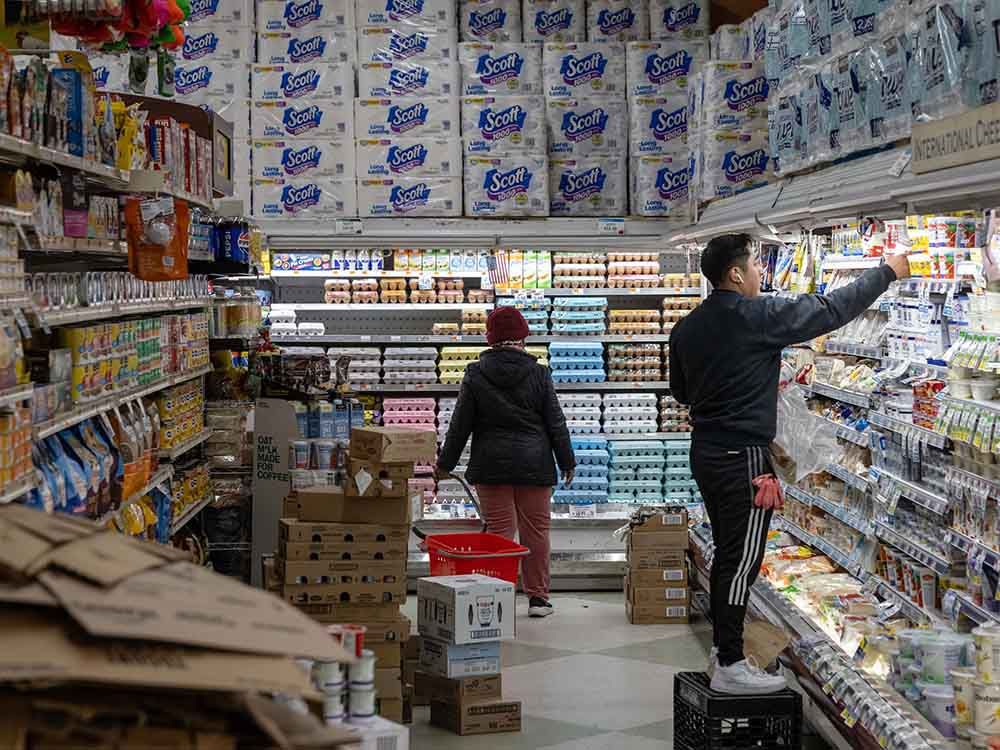
US Inflation Creeps Up as Trump Tariffs Loom in the Background
Hey everyone, let’s talk about the latest developments in the U.S. economy—specifically the new inflation data and how it connects to the tariffs reintroduced by President Trump. As of May 2025, inflation in the U.S. ticked slightly higher, reaching an annual rate of 2.4%, up from 2.3% in April. Now, while this may not sound drastic, it’s enough to catch the attention of economists, investors, and everyday Americans alike. What’s especially interesting is the nuanced role Trump’s tariffs are playing in all of this.
So here’s the situation. Trump has rolled out a series of tariffs since returning to office—blanket 10% duties on most imported goods, and even steeper ones on specific items like cars and Chinese imports. The intent behind these tariffs is to protect American industries and reduce dependency on foreign goods, particularly from China. Trump has maintained that the financial burden would fall on foreign producers and not American consumers. But is that actually the case?
The latest Consumer Price Index report shows a bit of a mixed bag. While inflation is up slightly, the direct impact of these tariffs hasn’t fully materialized—yet. Certain goods like toys, car parts, and appliances, which rely heavily on imports, have seen noticeable price hikes. However, other categories like gasoline, airfares, and clothing have actually declined, helping balance the overall numbers. On a month-to-month basis, prices rose just 0.1%, down from 0.2% the previous month, which was slightly below economists’ expectations.
Also Read:- Alicia Silverstone Returns as Cher Horowitz After 30 Years: A Bittersweet Revival
- Strawberry Moon 2025: A Rare Celestial Spectacle in a Lunar Standstill
Experts are cautioning that the real impact of these tariffs may still be months away. The supply chain takes time to reflect policy changes, and the cumulative effect could lead to sharper inflation later this summer. Seema Shah, a strategist at Principal Asset Management, even pointed out that today's numbers may offer temporary relief, but the tariff-driven price pressure is far from over.
On the jobs front, May brought in 139,000 new jobs, a slight slowdown compared to the 12-month average. Unemployment is steady for now, hovering between 4% and 4.2%, but concerns are rising that the tariffs may slow business investment and hiring over time.
At the same time, Trump remains bullish on the state of the economy, posting celebratory messages on his social platform and calling for interest rate cuts from the Federal Reserve. But many, including lawmakers like Senator Elizabeth Warren, argue that rising food and electricity prices are hurting working families and that the tariffs might only worsen the problem if prices continue to climb.
Even industries that are supposed to benefit from tariffs—like domestic manufacturing—aren’t showing much optimism. Manufacturing sentiment has dropped for the third straight month. So far, there's little evidence that tariffs are sparking a revival in U.S. production.
In summary, yes, inflation is inching upward, and while the immediate consumer impact of Trump’s tariffs appears limited for now, we may just be seeing the calm before the storm. The next few months will be critical as we watch how prices adjust and whether the Fed shifts its strategy in response. So stay tuned, because the full story of Trump’s tariff gamble is still unfolding.
Read More:

0 Comments